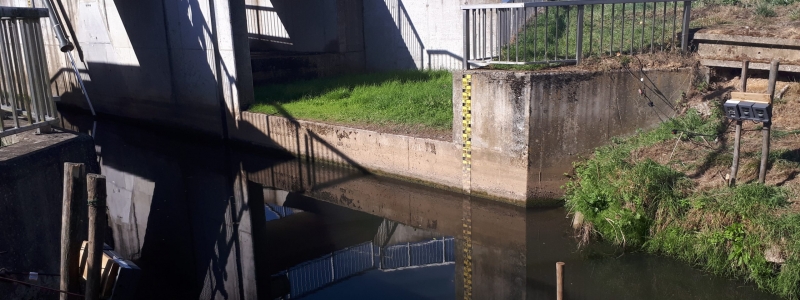How do you locate muskrats? We do by placing wildlife cameras in areas where trappers suspect the presence of muskrat.
Wildlife cameras are placed strategically in areas where trappers suspect muskrat presence. These cameras are triggered by animals swimming by. An algorithm determines whether the animal is a muskrat, coypu or another animal. This allows the trapper to detect the presence of animals without having to wade through every river and creek.
Compared to field recognition, camera tracking is an efficient and timesaving solution to determine the presence of species. However, camera traps generate high quantities of pictures that may or may not include the species of interest.
Improve recognition
In order to maximize the efficiency of this tool, the image-based recognition software must be improved. Then fewer images need to be checked manually and the camera can be used more effectively as a data management tool.
The Research Institute for Nature and Forest (INBO) has the know-how to discern false positives, when the camera records an image where there is no animal present. The algorithm also sees the difference between images with people and ones with animals. This current knowledge will be extended and enhanced to allow automated selection of images containing only muskrats or coypus.
First step
The first step of the process will be to standardize the camera set up in or nearby rivers. Then fewer images need to be checked manually and the camera can be used more effectively as a management tool. This is followed by the automation of the differentiation between waterfowl and rat-like animals, in order to ultimately determine down to species level.

